Cranberries — those glossy, ruby-red berries known for their tart flavor and powerful health benefits — have become a staple in kitchens, holiday feasts, and wellness routines worldwide. But have you ever stopped to wonder where the world gets most of its cranberries from? While these small berries may look modest, their production is a massive and highly specialized industry.
In this article, we’ll explore the origins of cranberries, their global significance, and the countries that dominate their production, with a special spotlight on the nation that stands head and shoulders above the rest.
What Are Cranberries?
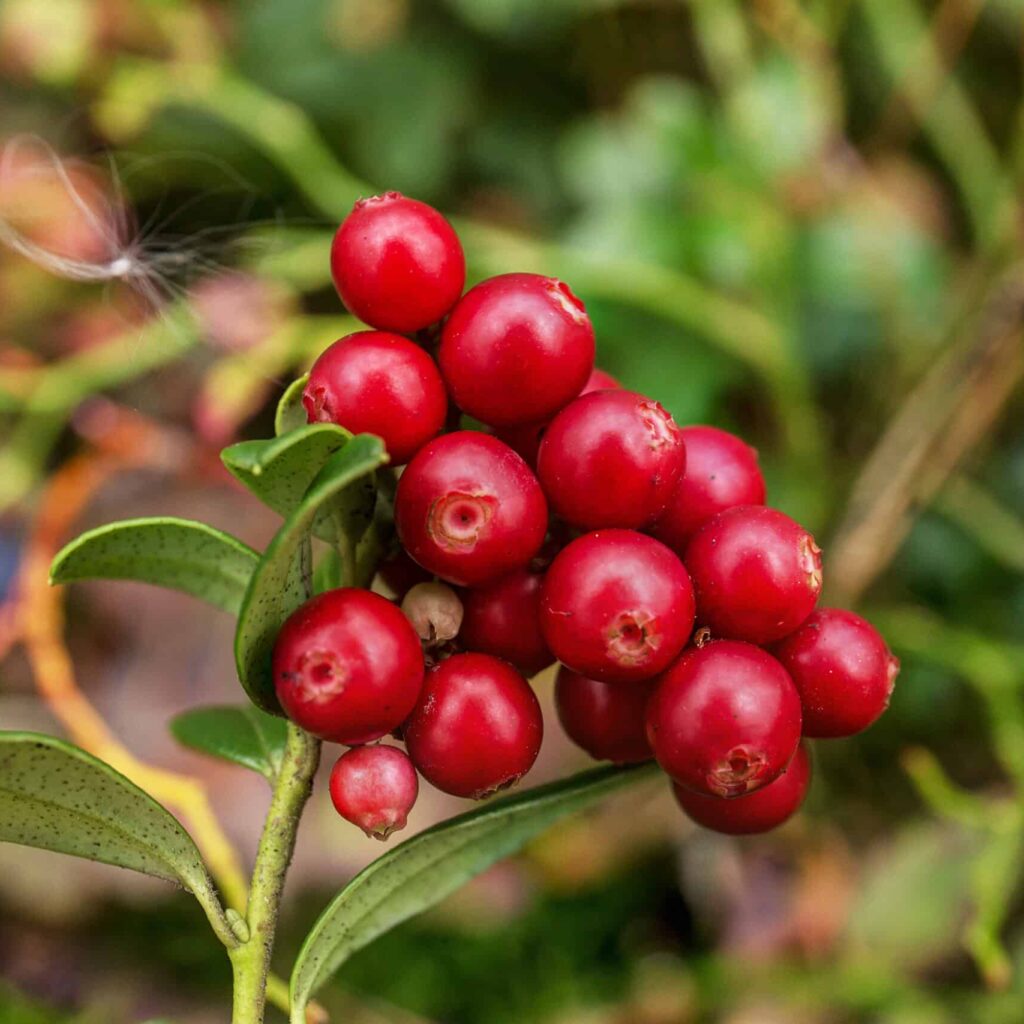
Cranberries are small, round, red berries that grow on low, creeping shrubs or vines of the genus Vaccinium. They thrive in cool, temperate climates and are known for their:
- High acidity and tartness
- Rich antioxidant content
- Use in sauces, juices, baked goods, supplements, and dried snacks
Native to North America, cranberries have been used for centuries by Native American tribes for food, medicine, and dye.
The Global Importance of Cranberries
Cranberries hold a unique place in both culinary and health markets. Not only are they prized for their sharp, refreshing flavor, but they’re also associated with numerous health benefits, including:
- Urinary tract infection (UTI) prevention
- High antioxidant levels
- Heart health support
- Anti-inflammatory properties
This rising health awareness has boosted global demand for fresh, dried, and processed cranberry products.
Which Country Produces the Most Cranberries?
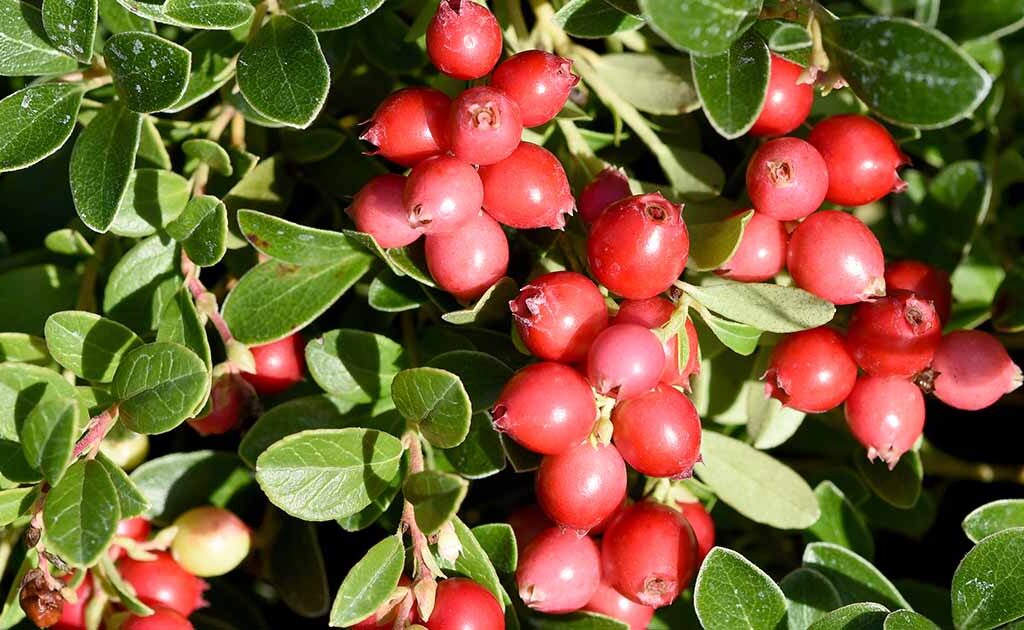
The United States: The Cranberry Capital of the World
When it comes to cranberry production, the United States is, without question, the world’s largest producer. According to data from the United States Department of Agriculture (USDA) and Food and Agriculture Organization (FAO), the U.S. grows over 375,000 metric tons of cranberries annually, accounting for approximately 58-60% of global production.
Why Is the U.S. the Leading Producer?
- Native Origin: Cranberries are indigenous to North America.
- Ideal Growing Conditions: Cool temperatures, sandy peat soils, and freshwater bogs or marshes in the Northeast and Pacific Northwest create the perfect environment.
- Specialized Cultivation Techniques: The U.S. pioneered commercial cranberry farming, especially the iconic flooded bog harvest method.
- High Domestic and Export Demand: Cranberries are an essential part of American holiday traditions, especially Thanksgiving, and U.S. cranberries are exported globally.
Top Cranberry-Producing States in the U.S.
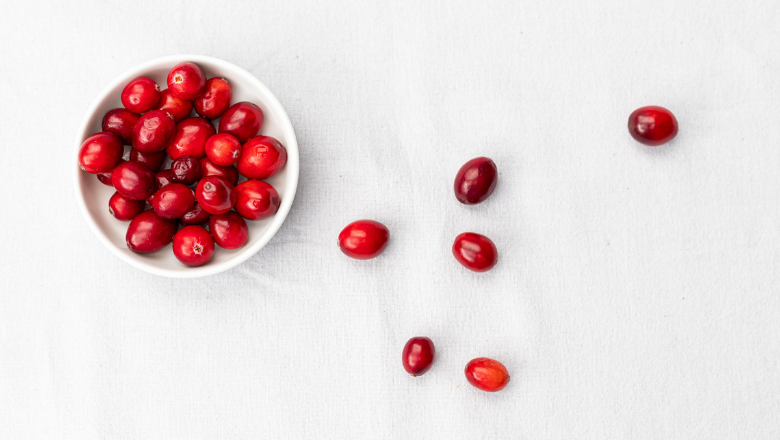
- Wisconsin — Produces about 60% of the U.S. crop; known as the “Cranberry Capital of the World.”
- Massachusetts — Second largest, with a rich history in cranberry farming.
- New Jersey
- Oregon
- Washington
These five states combined make up the bulk of global cranberry supply.
Other Major Cranberry-Producing Countries
While the U.S. leads, several other countries contribute significantly to global cranberry production:
Canada
Canada is the world’s second-largest cranberry producer, contributing around 175,000 metric tons annually. Most production occurs in:
- British Columbia (the largest contributor)
- Quebec
- Nova Scotia
Canadian cranberries are consumed domestically and exported to Europe and Asia. Canada’s cold, temperate climate is well-suited for cranberry farming, and its cranberry industry continues to grow steadily.
Chile
Chile has emerged as the third-largest cranberry producer globally, with an annual output of approximately 105,000 metric tons. The country’s southern regions, particularly Los Lagos and Los Ríos, offer ideal climates for cranberry cultivation.
Chile’s cranberry industry is largely export-driven, supplying fresh, frozen, and dried cranberries to Europe, Asia, and the United States, especially during off-season months in the Northern Hemisphere.
Belarus
Belarus is a noteworthy European cranberry producer, contributing around 10,000-15,000 metric tons per year. The country’s natural peat bogs are ideal for growing wild and cultivated cranberries, which are popular both fresh and processed.
Latvia
Latvia is another small yet important cranberry producer in Europe, known for its wild and organic cranberry harvests. The country exports both fresh and dried berries, mainly within Europe.
Cranberry Production: Global Snapshot
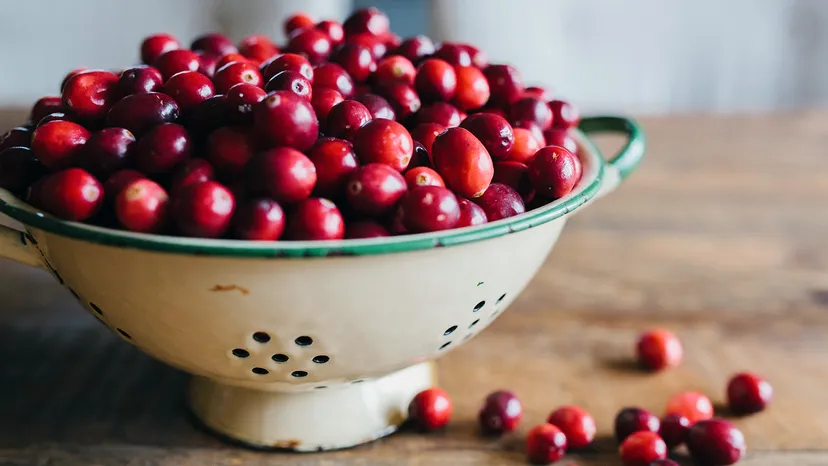
| Rank | Country | Annual Production (Metric Tons) |
|---|---|---|
| 1 | United States | 375,000+ |
| 2 | Canada | 175,000 |
| 3 | Chile | 105,000 |
| 4 | Belarus | 12,000 |
| 5 | Latvia | 9,000 |
How Are Cranberries Harvested?
The most iconic image of cranberry farming is the wet harvest method:
- Fields, known as bogs or marshes, are flooded.
- Ripe cranberries, which have air pockets, float to the surface.
- Machines called egg beaters stir the water, dislodging the berries.
- Cranberries are then corralled, gathered, and loaded for processing.
About 85-90% of cranberries are harvested this way and are used for juices, sauces, and dried products. The remaining 10-15% are dry-harvested for the fresh market.
Where Does the World Get Most of Its Cranberries?
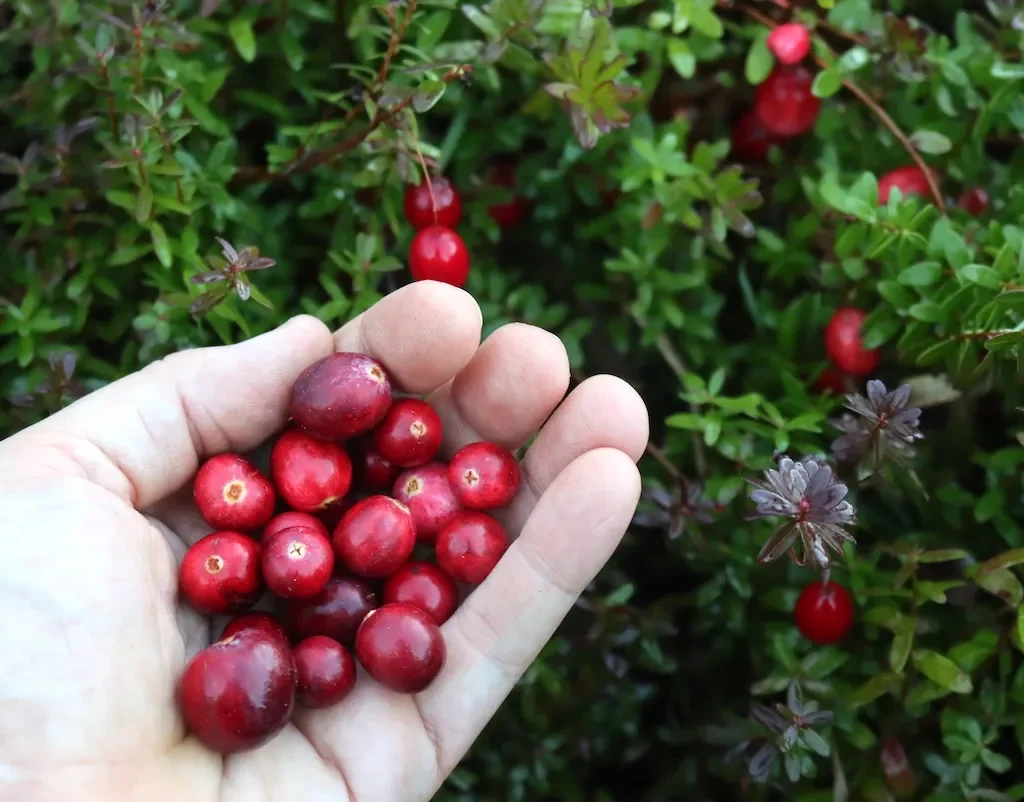
The vast majority of the world’s cranberries come from North America, specifically:
- United States (primarily Wisconsin and Massachusetts)
- Canada (especially British Columbia and Quebec)
Additionally, countries like Chile supply significant quantities of cranberries to Europe and Asia, particularly during the Northern Hemisphere’s winter.
Europe sources cranberries primarily from:
- North America (USA & Canada)
- Chile
- Local harvests in Belarus, Latvia, and Poland
Asia and the Middle East import fresh, frozen, and dried cranberries from the United States, Canada, and Chile.
Why Cranberry Demand Is Rising Globally
- Health Trends: Rich in antioxidants, vitamin C, and natural compounds like proanthocyanidins.
- Functional Foods: Growing popularity in juices, supplements, and superfood products.
- Culinary Use: Used in sauces, baked goods, trail mixes, and holiday recipes.
- Export-Friendly: Long shelf life when dried or frozen, making global trade efficient.
- Seasonal Traditions: Central to North American holiday meals and increasingly in other countries.
Final Thoughts
So, to answer the question — the United States is famous for producing the most cranberries, with Wisconsin alone contributing over half the country’s production. Canada and Chile follow as key suppliers to international markets.
Cranberries, once a humble native North American berry, have grown into a globally traded superfruit. Thanks to their striking flavor, health benefits, and versatility, cranberries are now found in pantries and wellness products around the world.
As consumer interest in nutrient-rich, antioxidant-packed berries grows, the cranberry’s future looks brighter and redder than ever.

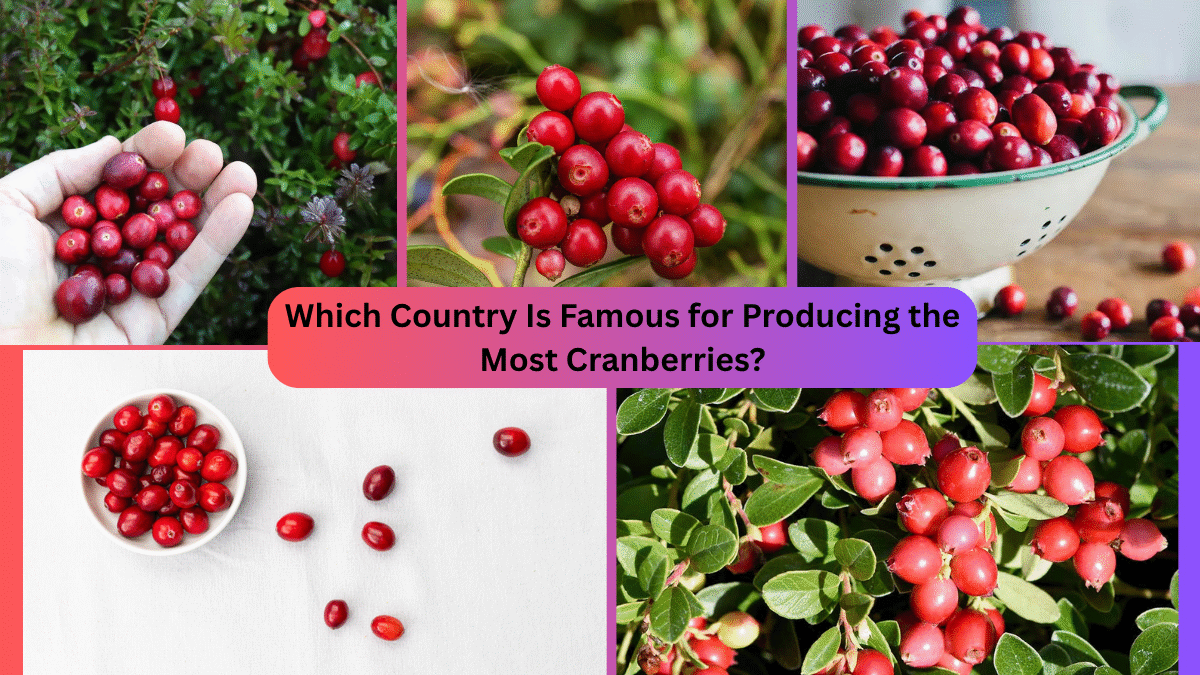



Leave A Comment